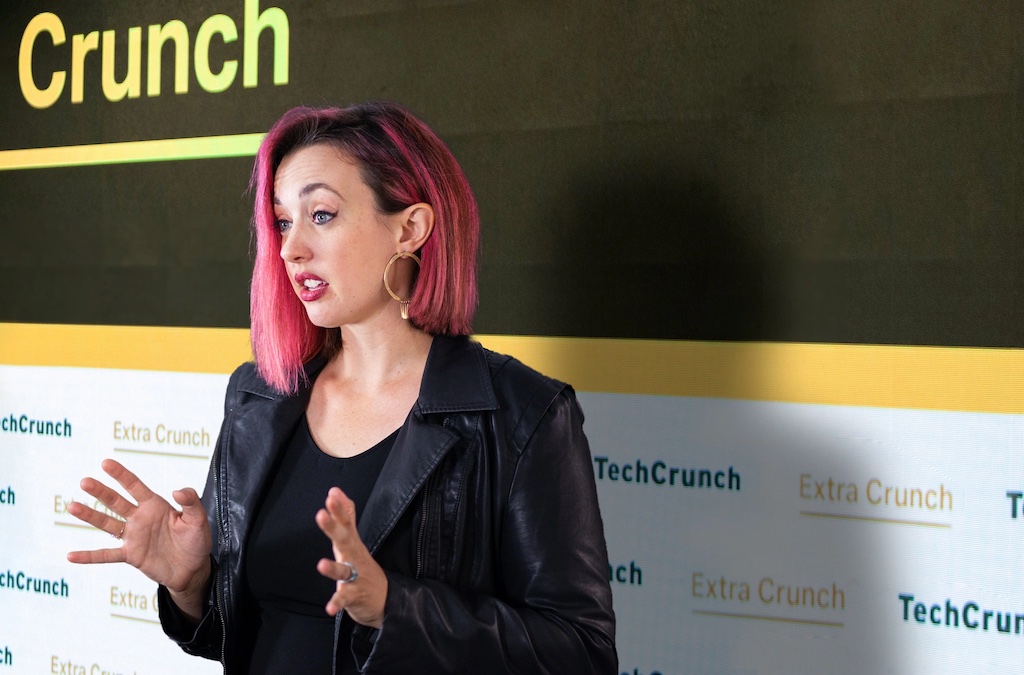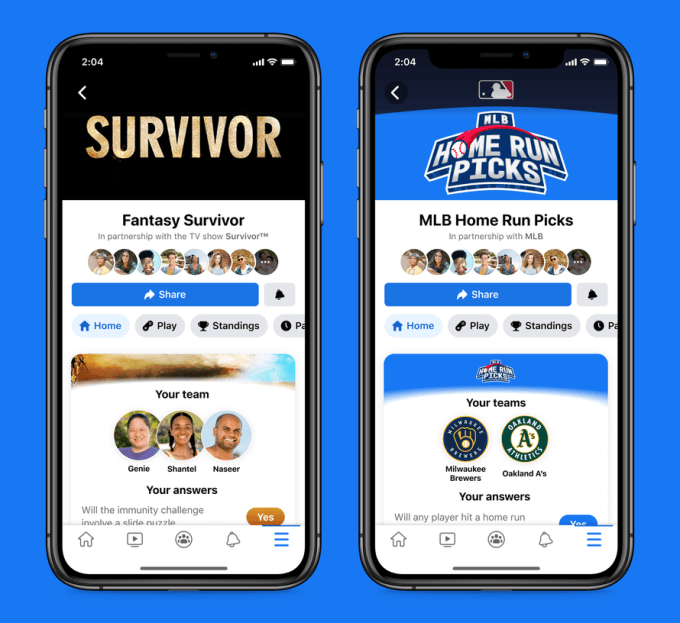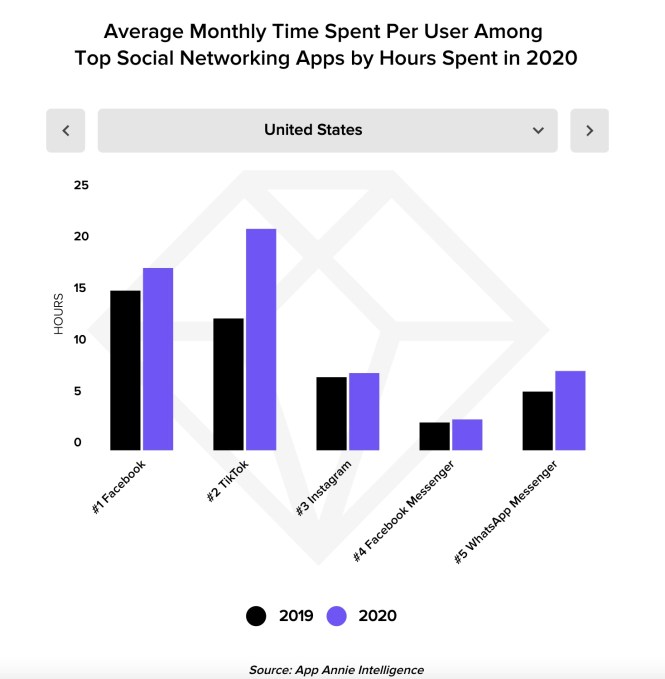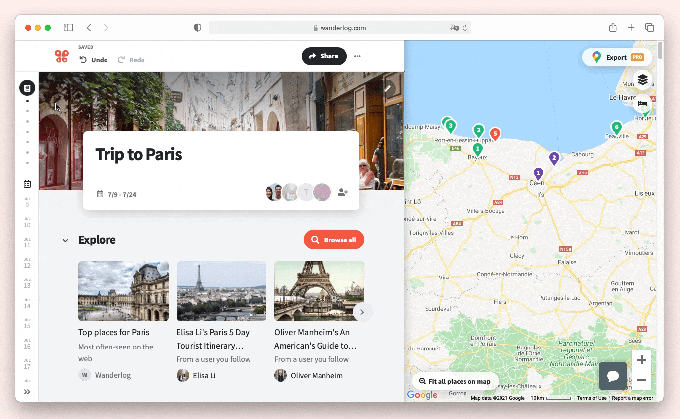- September 1, 2021
- by:
- in: Blog
Private equity firm Vista Equity Partners announced today that it is taking a majority stake in Drift, a company which aims to be the Amazon of businesses, with a “growth investment” that propels the venture-backed startup to unicorn status. Unfortunately, neither party would disclose the amount of the investment, or Drift’s new valuation. But co-founder
Private equity firm Vista Equity Partners announced today that it is taking a majority stake in Drift, a company which aims to be the Amazon of businesses, with a “growth investment” that propels the venture-backed startup to unicorn status.
Unfortunately, neither party would disclose the amount of the investment, or Drift’s new valuation. But co-founder and CEO David Cancel did say the SaaS company saw 70% growth in its annual recurring revenue (ARR) in 2020 compared to the year prior and is on target for a similar metric this year. It is not yet profitable, as it is focused on growth, he added.
Prior to this financing, Boston-based Drift had raised $107 million in funding from the likes of Sequoia Capital, CRV and General Catalyst since its 2015 inception.
So just what does the company do exactly? The startup says it is out to ”reimagine the B2B buying experience,” according to Cancel. By using its software, Drift’s 50,000 customers are able to bring together sales and marketing teams on one platform to “deliver personalized conversations” that the company says build trust and accelerate revenue.
Its customers include ServiceNow, Okta, Grubhub, Mindbody, Adobe, Ellie May and Snowflake, among others. Today 75% of Drift’s customers are mid-market enterprise, according to Cancel.
Over the past five years, Drift has worked to create and define something it describes as “Conversational Marketing” with the goal of helping marketers “harness the digital experience for lead generation.” Or to put it more simply, Drift subscribers can use chatbots to help turn web visits into sales.
The company says it is out to remove the friction between buyers and sellers so they can not only get more leads, but also close more sales. This led Drift to expand its focus to build a platform that includes conversational sales, which integrates chat, email, video and artificial intelligence to power conversations, not just on a customer’s website, but for the sales team too.
Cancel said that Vista’s strategic growth investment will help the company move even faster, expand globally and launch a new B2B category called “Conversation Commerce,” an interactive approach to conversations that Drift believes has the potential to “transform the entire B2B revenue function.”
Basically, the company is trying to make the B2B buying/selling experience similar to that of a B2C one. At least 80% of B2B buyers are not only looking for, but expect, a buying experience similar to that of a B2C customer, according to Cancel.
So far in 2021, Drift’s customers generated $5 billion in pipeline value by making the customer side of the buying process easier, he said.
For Cancel, a serial entrepreneur who previously founded and sold four other companies, the notion of owning a company with a unicorn valuation was not something he and co-founder and CTO Elias Torres were overly consumed with.
But what did appeal to the pair was the opportunity to add to the too-short list of U.S.-based unicorns with Latin founders and serve as an inspiration for other entrepreneurs of Latin descent. Cancel’s parents emigrated from Puerto Rico and Cuba while Torres emigrated from Nicaragua in his teens.
“I didn’t really care about that [unicorn] status except for one reason and the reason was that we are both Latino and if we hit this milestone, then we would be part of the less than 1% of Latinos that had ever done that,” Cancel told TechCrunch. “And that was important to us because we believe that we have the responsibility to pay it forward and to help people and to inspire other people who are like us and are often marginalized. We want to show that they can do this too.”
Torres agreed, saying that he and Cancel were “proud to be one of the only Latino-founded companies to ever achieve over $1 billion valuation – a rare, Latino-founded unicorn.”
“We want to see more of us do the same and we will pave the way for other Latino founders and leaders to achieve success,” he added.
By having a majority owner in Vista, which focuses exclusively on backing enterprise software, data and technology-enabled businesses, Cancel believes that Drift can “get more efficient in some areas.” He also thinks that the firm can help it ramp up its acquisitions pace. (So far it has made three.)
The nearly 600-person company still has its sights on going public, according to Cancel, and believes that by working with Vista, it will have a “clearer path” to do so.
“It’s something we think about a lot,” he told TechCrunch. “It’s still in our future.”
Monti Saroya, co-head of the Flagship Fund and senior managing director at Vista, thinks that Drift represents a “compelling” opportunity for Vista.
“Drift is a company that is experiencing hypergrowth at scale, we and we believe the conversational marketing and sales tools it offers will continue to be in high demand as companies race to modernize their B2B commerce strategies,” he told TechCrunch.
Earlier this year, Vista — which has over $77 billion in assets under management — invested $242 million to acquire a minority stake in Vena, a Canadian company focused on the Corporate Performance Management (CPM) software space.
Meanwhile, Vista’s acquisition of Drift is expected to close in the fourth quarter of 2021.










